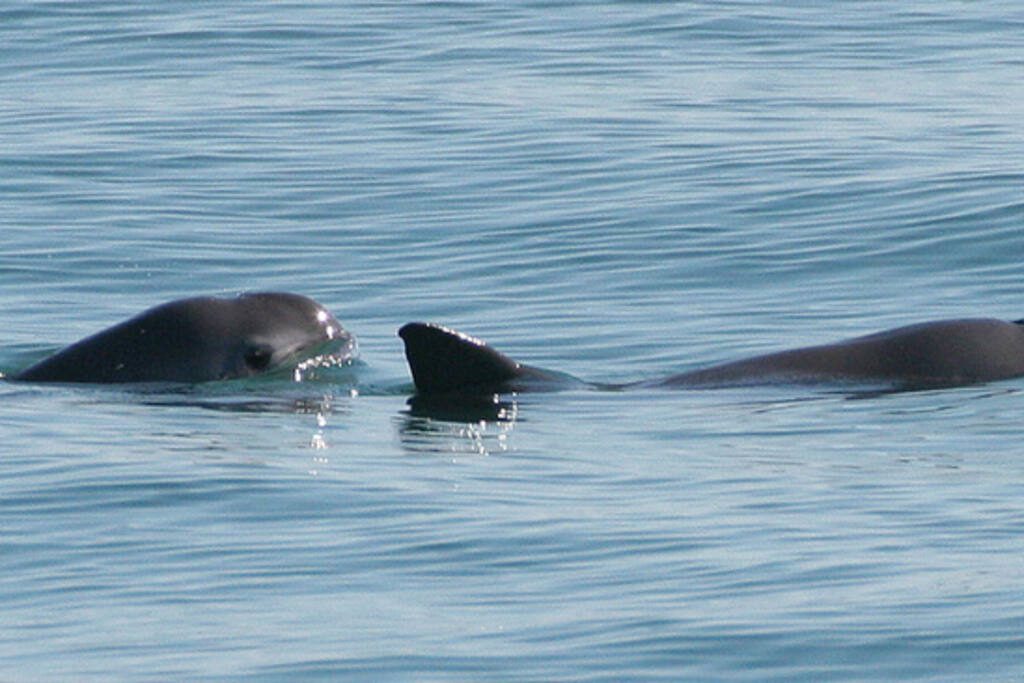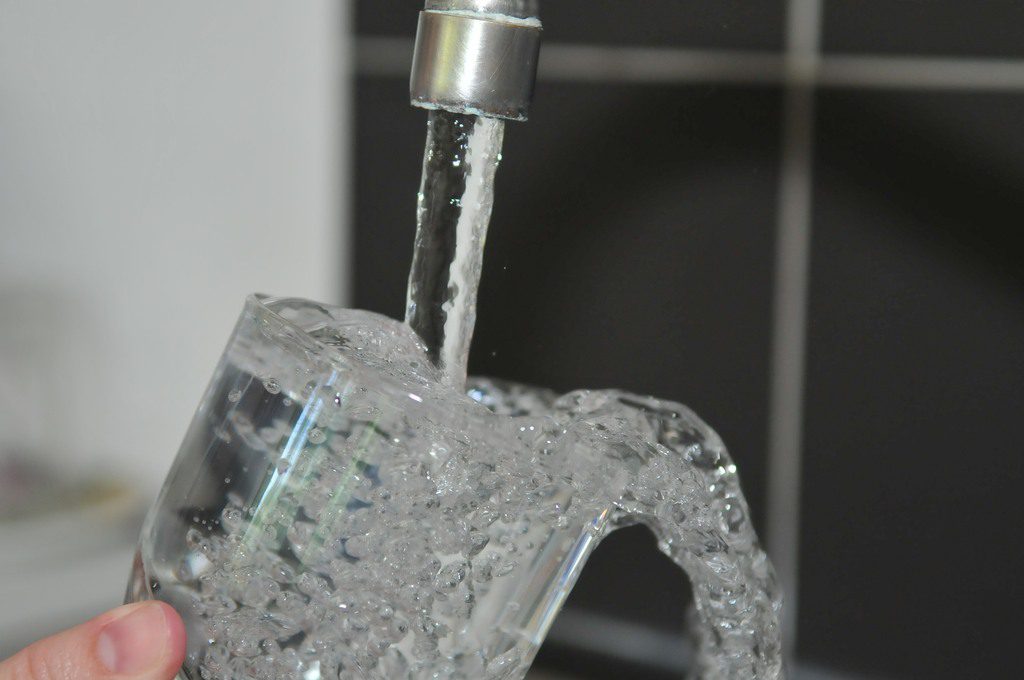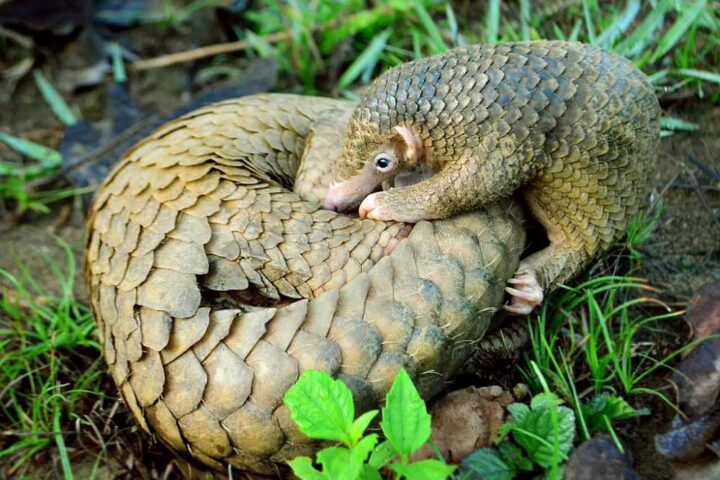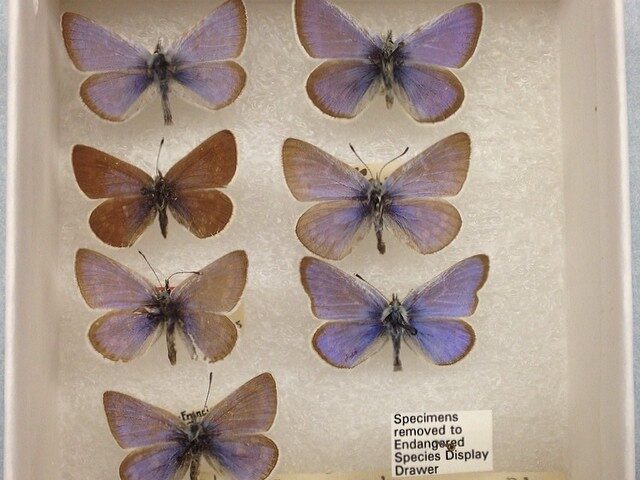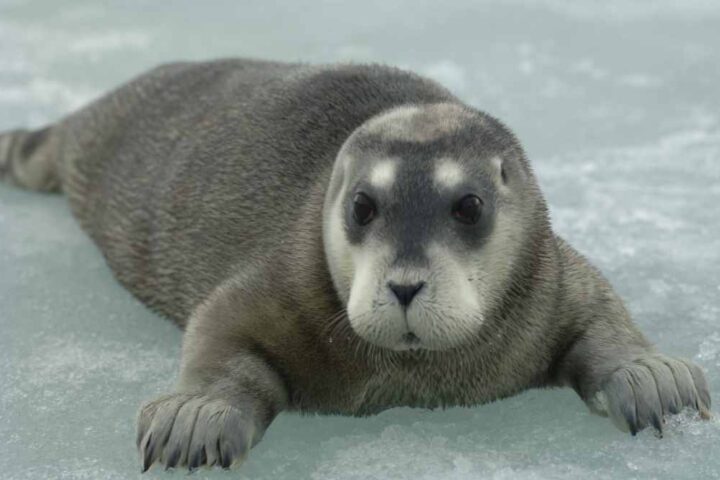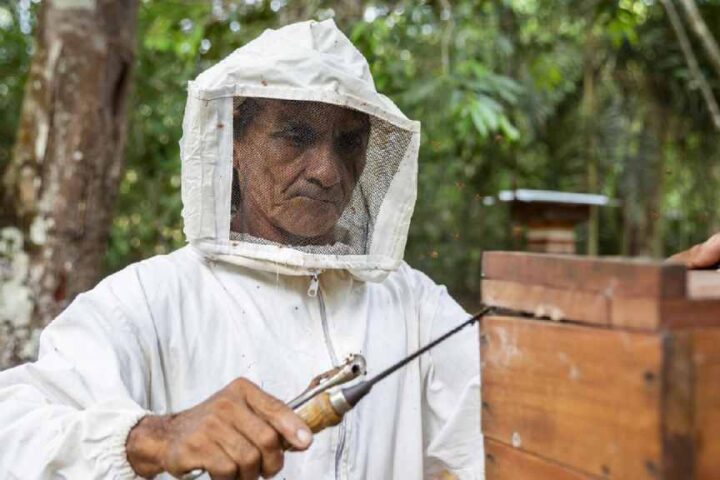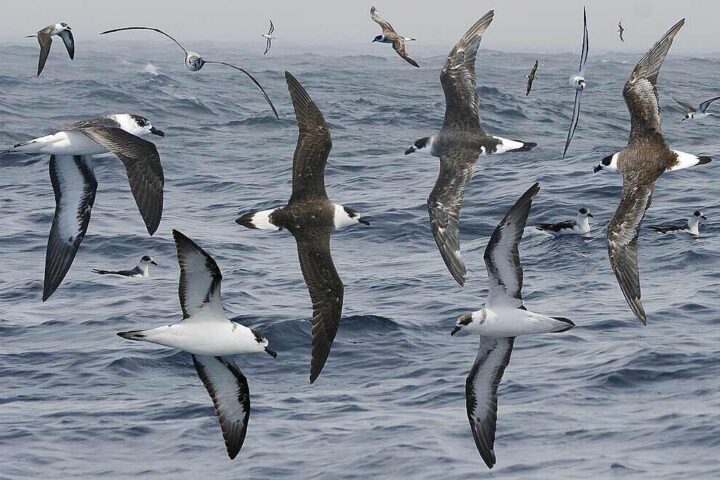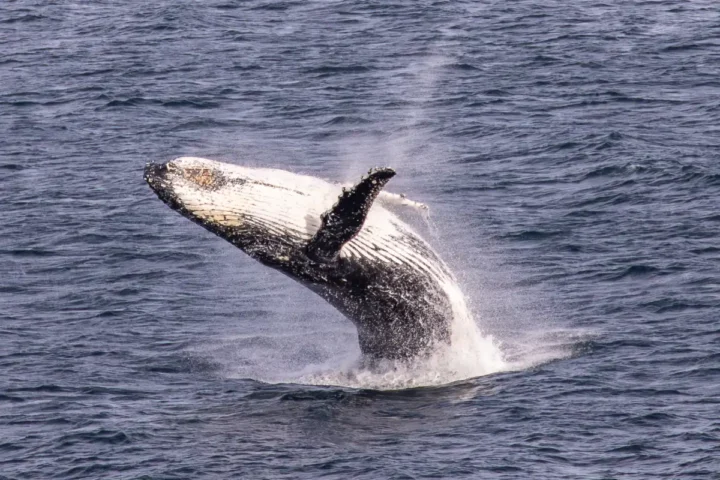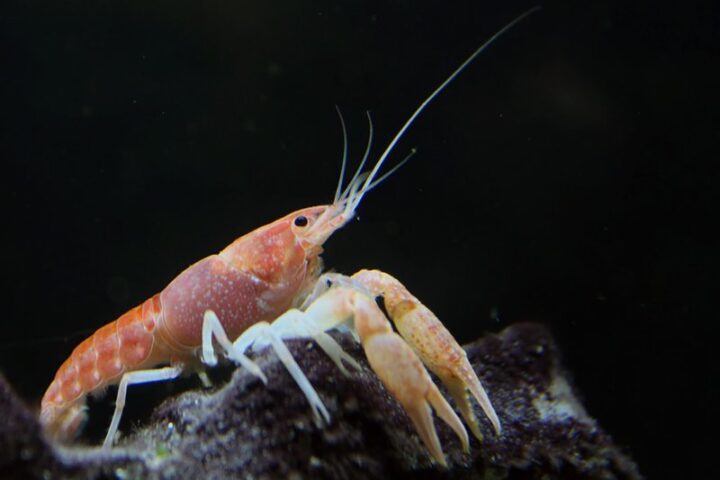The U.S. government is cracking down on foreign fishing operations that harm whales and dolphins. Starting January 2026, America will block seafood imports from 240 fishing operations across 46 countries that fail to protect marine mammals adequately.
This decision marks a turning point in enforcing the Marine Mammal Protection Act, a law that has existed since 1972 but hasn’t been fully applied to imports until now. The restrictions follow years of pressure from environmental groups that took legal action to force the government’s hand.
“It is high time that the United States implement this important provision of the law and penalize countries that harm so many marine mammals,” said Georgia Hancock from the Animal Welfare Institute, highlighting the significance of the move.
The scope of the problem is massive. Fishing gear worldwide kills roughly 650,000 marine mammals annually. These animals aren’t targeted directly but get caught accidentally in equipment like gillnets, longlines, and trawls. Many drown when trapped underwater or suffer fatal injuries when discarded back into the ocean.
Similar Posts
Mexico faces some of the toughest restrictions, with 21 fishing operations losing U.S. market access. These include shark and shrimp fisheries operating in waters where the critically endangered vaquita porpoise lives. Scientists believe fewer than 10 vaquitas remain alive today.
The financial stakes are substantial. In 2024, the U.S. bought nearly $600 million worth of seafood from Mexico alone, including almost 5,000 tons of wild-caught Pacific shrimp now facing restrictions. As the world’s biggest seafood importer, America purchases over $26 billion in seafood yearly, with roughly 80% of seafood eaten in the U.S. coming from abroad.
This change in policy follows a related court victory just days earlier. On August 26, judges ruled that the U.S. government wrongly allowed imports from New Zealand fisheries that threaten Māui dolphins, a critically endangered species with only about 40-50 animals remaining.
“This decision affirms what the law intends — that the U.S. government must not facilitate the extinction of marine mammal populations,” explained Sabrina Devereaux, an attorney with Earthjustice who worked on the case.
The new restrictions vary by country. Twelve nations face complete bans because their fishing practices fall short or they failed to apply for approval. Another 34 countries, including major seafood producers like China, Brazil, and Ecuador, received partial restrictions affecting only their most harmful fishing operations.
For seafood buyers, these changes mean new paperwork. When importing seafood from countries with partial restrictions, companies must file a “Certificate of Admissibility” proving their products don’t come from banned fishing operations.
Environmental advocates welcome the move but say more needs to be done. “These conservation sanctions will mean fewer beloved marine mammals will get caught and killed in fishing gear,” said Sarah Uhlemann from the Center for Biological Diversity. “I only wish the U.S. government had gone further.”
The policy puts muscle behind a basic principle, as NRDC attorney Zak Smith explained: “If you want to sell your seafood in the U.S., it is only fair that you live up to the same strict marine mammal protections that other fishermen abide by.” For consumers, the change means knowing that seafood reaching American plates won’t come at the cost of whale and dolphin populations around the world.
